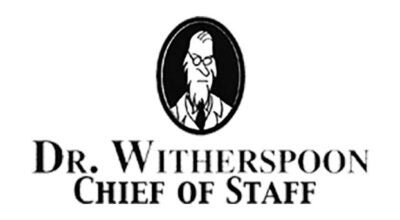Farmers report positive news following multiple late freezes
Published 5:30 pm Friday, May 13, 2022
|
Getting your Trinity Audio player ready...
|
If farming is a gamble, then its players can expect Mother Nature to occasionally deal a bad hand. While unpredictable spring weather in Virginia is a near certainty, a few April freezes haven’t been enough to knock the state’s farmers out of the game.
From April 25 through April 28, freezing temperatures hit Virginia during a critical stage for apples, strawberries, vegetables and wheat.
The series of freezes came after an April 18 snowstorm that blanketed northwestern areas of the state with as much as 6 inches of snow, followed by freezing temperatures the next morning.
While the freezes were untimely for farmers and their crops, such weather is to be expected in Northern Virginia and the Shenandoah Valley through mid- May, explained Frederick County apple grower Jason McDonald.
“Everything’s bloomed right now and is pretty vulnerable … and we have about two more weeks to go before we get out of these freeze and frost situations,” said McDonald, who also serves as vice chairman of the Virginia Farm Bureau Federation Apple Advisory Committee.
“But we just have to move forward like everything’s going to be fine with really no guarantees,” he added. “There’s nothing you can do to control the weather — Mother Nature’s going to handle that for you.”
McDonald said most of the damage to his 287-acre apple orchard was limited to apples’ king blooms — the center of each blossom cluster. He noted that despite losing some of the blooms, it’s still possible to harvest a good crop.
According to the National Agricultural Statistics Service’s May 2 crop report, 77% of Virginia’s apple crop remains in good-to-excellent condition. Only 4% is considered in poor condition following the April freezes.
Jay Yankey, who grows peppers, strawberries, sweet corn, tomatoes and other produce at Yankey Farms in Prince William County, noted his crops also saw minimal damage.
“(This weather) is pretty typical — this year might be a little more topsy-turvy than some — and we figure on having to cover our strawberries and vegetables,” Yankey said. “But we hustled, and everything made it out OK.”
After the first round of winter weather settled in the Shenandoah Valley, the second round also reached the Northern Neck and Middle Peninsula, affecting the majority of Virginia’s winter wheat crop.
Robert Harper, grain division manager for VFBF, noted his customers reported some damage to their wheat crop, but nothing “catastrophic.” In addition to frost damage, drought conditions also are becoming a factor in pockets of the state.
Despite the adverse weather, NASS crop reports indicate there was only a 5% reduction in crops considered to be in good condition or better between April 24 and May 2. For winter wheat, NASS reported 91% of the crop is in fair condition or better.




